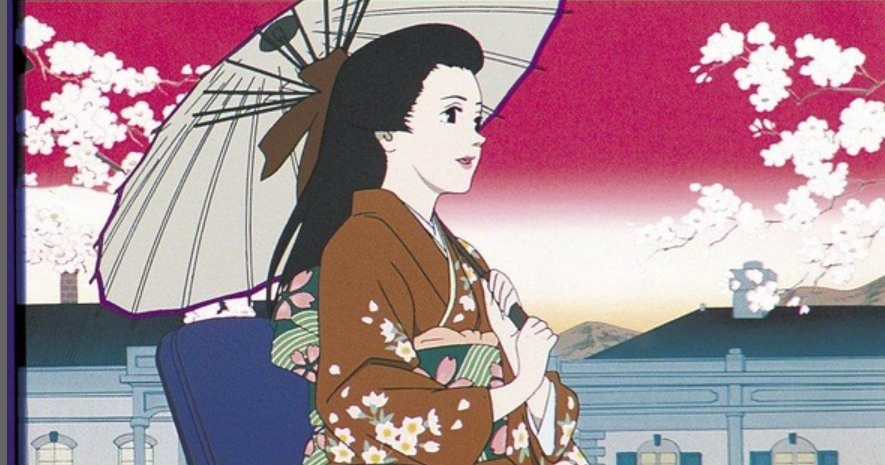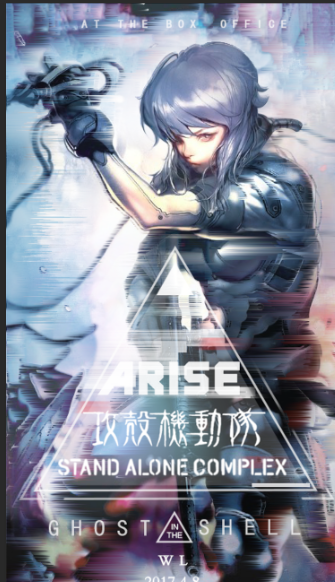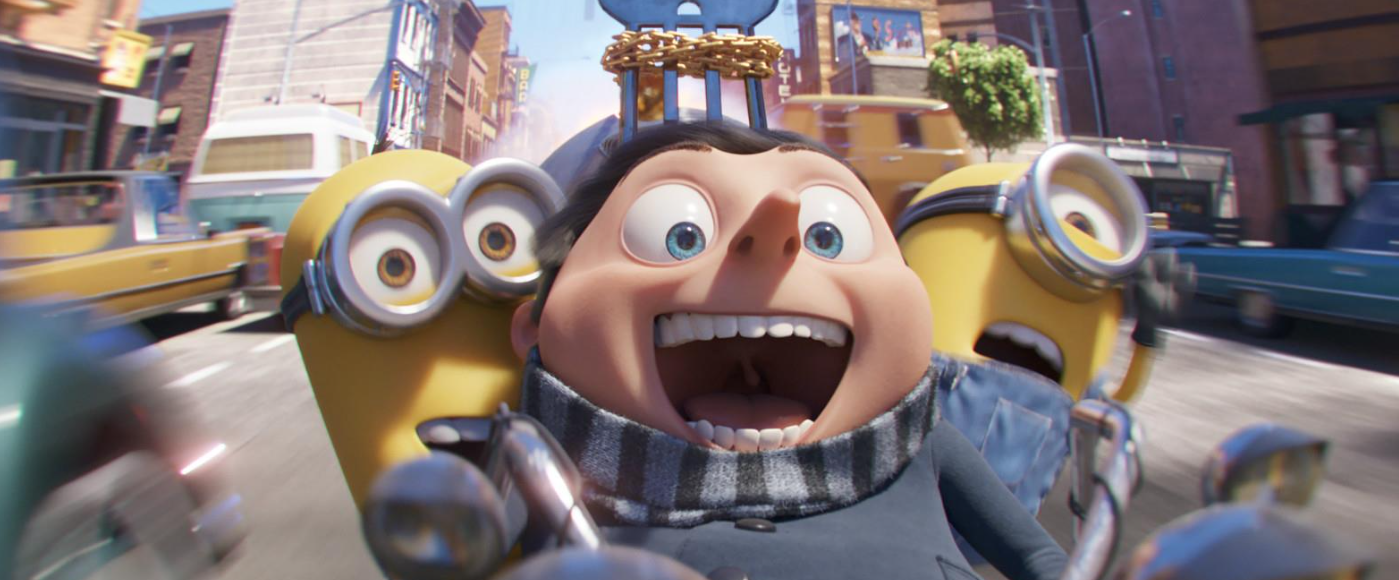
How do you evaluate “Millennium Female Actress”?
If there were a contest for my favorite Satoshi Kong, I would vote for Millennium Girl. After watching the animation, I was completely shocked. I tried to write about it but found I couldn’t — the movie was too informative. I’m going to try to be as comprehensive as possible with some anecdotes. (Photo courtesy Doosan)
“Millennium Girl” is Koon’s second full-length animation, and the most successful, it has won many international awards. Since then, he has become an internationally renowned Japanese theatrical animation director alongside Hayat Miyazaki, Mamoru Moshi and Matsudo Oromo. While Perfect Blue had received critical acclaim, its R-15 rating limited its impact to a limited audience, and — at the time — Neon audiences outside of Neon didn’t know about it.
“Millennium Actress” is Koon’s first original animation, based on the “biography of the Showa era actress”. A side note: I recently read about Setsuko Hara and believe that Chinook is based on her: she made her debut at 15 and retired at 42; she has acted in period dramas and national policy films. Satoshi Kong is an avid movie fan, and Millennium Actress is one of his works with the most “cinematic elements”. As a biopic, it is inevitable to join the social changes of the Showa era, as well as the century-old history of Japanese cinema, resulting in a sharp rise in the material work. The film, which spans decades in the real world and even more in the movie world, is Koon’s most “ambitious” animation. Production crews went to film studios to shoot costumes and buy references to photographs taken at the end of the shogun ate. In the film, there is a scene: the coffee table of the heroine Chinook Fujiwara’s coffee table is covered with posters of her films, each poster is quite characteristic of The Times.
Costume films and Japanese occupation era films, On a side note, I once read an article about the Japanese occupation era movies in Millennium Girl. To connect Chinook Fujiwara’s screen career is a piece of Japanese film history.
This inevitably raises the question: Is the director justifying an act of aggression? Of course not,Hayat Miyazaki’s “The Wind Rises” is based on the life of Jiri Horikoshi, the designer of the Zero fighter jet, prompting the question “Did Miyazaki take a political turn?” The controversy over… Miyazaki, a veteran left-winger who has openly opposed constitutional amendment, is clearly not “glorifying war”. In the process of writing The Wind Rises, he also said, “You can see that this is anti-war.” (See the documentary “Kingdom of Dreams and Fantasies”.) “The Wind Rises” is a story of obsession, in which Jiri Horikoshi abandons his wife and children in pursuit of his dream, regardless of the mountains of dead bodies. In the same way, Millennium Actress is a story of obsession: Fujiwara Chinook uses movies as a means to pursue an illusory goal, and she herself says, “I don’t care about movies.” — Besides, there is a left-wing painter in the animation, and the bad cop later repented. Isn’t that obvious?
In a word, “Millennium Actress” is a disappointing movie. Despite the dazzling style, in the end Chinook did not find a painter. The key that “opens the most important thing” opens nothing — of course, the romantic saying is that “the key opens the door to the world of cinema for a thousand generations.” The end of the search is nothingness, and the result is rather depressing. Documentary filmmaker Tachibana has a crush on Chinook (the age difference between the two is supposed to be more than 10 years…). But this unrequited love is doomed to fail. And considering director Osaka’s pursuit of Chinook — huh? Wait a minute. Is this animation going to be nothing? Or, the most beautiful thing is the process — what a comfort to delude you…
Once in Perfect Blue has a good play in the playwright Sadayuki Murray again with Kong Satoshi cooperation, the script polished shape? The script is explosively good: non-linear, solidly fleshed out, fooled and echoing, it feels like… Many years later, I watched films adapted from the novels of Kotaro Osaka (Gravity Clown, Coin-operated Storage Cabinet for Ducks and Wild Ducks, Golden Dreamland). Later, when I saw Red Hot Chili Peppers, I felt that the script, though complete, was bland and lacked the constant little “trick” in Millennium Actress. To name a few interesting points from the movie:
Earthquake: Earthquake and Chinook Fujiwara’s life is deeply related. Chinook was born in the earthquake, died in the earthquake, in the earthquake decided to retire. Tachibana Mina Moto, who admires Chinook, was separated from Chinook in the earthquake and reunited with him in the earthquake. The earthquake also served as a bridge between the cinematic world and the real world: during the filming of the final film, the shaking of the spaceship’s takeoff was linked to the earthquake, and the audience was pulled back from the cinematic world.
Movie characters: In the movie world, in addition to Chinook, there are several real-world characters that repeatedly appear in the movie world, and their identities in the two worlds overlap: left-wing painter, rescued and sought; the scarred bad cop, the pursuer, the blocker; the older actress, the bully, the hindrance; Tachibana Genie, helper and admirer. What’s interesting about Tachibana is that he starts out as a bystander and a chronicler in the real world, and as the story progresses, we find out that he is also a facilitator in the real world (flying to block the beam…). “And his identity in the two worlds overlapped.
The opening “spaceship take-off” scene is used three times in the film. It is the last film made by Chinook Furigana, and the furthest back in the timeline of the movie world (the future). It has multiple conversion functions: the first time through the earthquake to complete a virtual real conversion; the second time, there is another virtual-real conversion; in her third appearance, Tachibana also takes over the role of the first admirer, completing a role reversal.
When was the first time the world of film and the real world merged? Are you going to shoot a movie in Manchuria? No, it’s Chinook chasing the train. When she sits helplessly on the platform watching the train go away, this scene appears on the movie poster, and the fusion of the movie world and the real world begins. This is a little residual heat, and then from the “Princess of Warring States”, the movie world unfolds in front of the audience.
Kong said the producers bought old photos, but they were all black and white, so they simply painted memories in black and white or gray, and Chinook in color or to make her costume more colorful.
This Min chose three different voice actors interpretation of the son of the three age groups. It’s an interesting choice, because the usual practice is to have a celebrity explain a character, and when the characters have a wide range of ages, the voice actors are often weak. “Howl’s moving castle” times award thousand Keiko a person interpretation of Sophie of all ages, playing the old Sophie is OK, once to young Sophie, the aging voice cover cannot cover. Except for the middle-aged Chinook’s voice that made me a little, well, weird, the SANYO finished well.
Unlike Miyazaki, Kong is still accustomed to using professional voice actors. Professional voice actors are known for amplifying emotions, so Koon’s characters have a sense of exaggeration, such as Masaya Onozaka, the photographer who often voices the hot-blooded idiot. Since Princess Monopole, the voices of Miyazaki’s main male characters have become more and more “flat”, and the effect of this is that the characters are more and more calm, almost no big emotional ups and downs: As Hidaka in Princess Monopole, Free Amino in Spirited Away, Kimura Takuya in Howl’s Moving Castle, Anno Hideaki in The Wind Rises… Takashi Amici is also a cool guy (Summer Wars), so he worked with glibly many times.
Finally
When Millennium Girl was released in 2001, it coincided with Spirited Away, which was his most internationally recognized work. So when I heard that “Thousand Year Girl” and “Spirited Away” were awarded by the Ministry of Education and Culture’s media arts Festival animation department, I couldn’t help but wonder: who on earth can equal the peak work of Miyaji? After watching the whole film, my jaw clams to the ground… I think it’s lucky that 2001 was the year that two animations were created at the same time.
In 2004, the Big Three released new films at the same time, but they failed to deliver results: Howl’s Moving Castle, while still steady in pace, had a flawed story structure, which disappointed me. The emperor is not old enough; Ghost in the Shell Innocent 2 is “I know this is awesome but I’m really tired of watching it”, Mamoru Moshi is immersed in self-expression and the user experience is not friendly; Steam boy was a flop, earning half its cost at the box office and destroying Octomom’s animation career. When I look back at the 2003 Tokyo Godfather, I think Kong Satoshi is very reliable. Unlike the Big Three, who love proselytizing or self-expression, Koon’s attitude is approachable and pleasing to the audience, and his “cinematic” expression is also popular with international audiences. Although “Red Hot Chili Peppers” is a bit of a self-contained film, it still won international recognition.


